Artificial Intelligence (AI) is evolving at a breakneck pace. But as models grow larger and more complex, so do their energy demands, infrastructure costs, and environmental footprint. To keep scaling AI responsibly, researchers are turning to smarter designs like Mixture-of-Experts (MoE) models and low-power AI chips.
Both technologies are not just incremental improvements—they are game changers that make AI faster, more efficient, and accessible beyond giant data centers.
The Problem with Today’s AI Models
Modern AI models such as large language models (LLMs) deliver impressive results, but they come with heavy trade-offs:
- Billions of parameters requiring extreme computing power.
- Training costs in the millions of dollars.
- Massive energy consumption, raising sustainability concerns.
- Limited accessibility—smaller companies and edge devices struggle to adopt AI.
That’s where MoE models and low-power chips come in, rewriting the rules of AI design.
What Are Mixture-of-Experts (MoE) Models?
MoE models use a smart approach: instead of running the entire network for every input, they activate only the relevant “experts”.
Think of it as calling a specialist doctor instead of consulting every doctor in the hospital.
Benefits of MoE Models
- Efficiency: Only part of the network processes each input, cutting compute costs.
- Scalability: Supports billions of parameters without requiring proportional hardware.
- Performance: Outperforms traditional models on complex tasks.
Real-World Example:
Databricks’ DBRX model uses MoE design, delivering top-tier performance while being more energy-efficient than older open-source LLMs.
Low-Power AI Chips: Intelligence at the Edge
While MoE optimizes training, low-power AI chips bring intelligence directly to devices. Inspired by neurosynaptic architectures, these chips run AI with minimal energy.
Advantages of Low-Power AI Chips
- Battery-friendly: Ideal for wearables, IoT sensors, and mobile devices.
- Privacy-preserving: Process data locally instead of sending everything to the cloud.
- Cost-effective: Reduce dependency on expensive cloud compute.
Example in Action:
Apple’s Neural Engine in iPhones enables real-time image recognition and language translation without draining the battery—or needing internet access.
Why These Two Technologies Work Hand in Hand
When combined, MoE models and low-power chips create a new paradigm for AI:
- MoE reduces compute load → making models lighter.
- Low-power chips deploy AI at the edge → making AI available in daily devices.
This synergy means AI can scale to billions of users without breaking infrastructure or the environment.
Industries That Will Benefit Most
- Healthcare
- Wearable devices with on-chip AI monitor vital signs in real time.
- MoE models personalize recommendations without heavy cloud processing.
- Autonomous Vehicles
- Cars rely on edge AI chips for split-second decisions.
- MoE speeds up learning across millions of driving scenarios.
- Smart Homes & IoT
- Low-power chips enable smart assistants, cameras, and appliances to run AI locally.
- MoE models help them adapt to diverse environments.
- Finance
- MoE models deliver faster fraud detection while cutting costs.
- AI chips bring security checks to mobile banking apps instantly.
Conclusion: Smarter AI for a Smarter Future
The AI race isn’t about building bigger models—it’s about building smarter ones. Mixture-of-Experts models make AI scalable, while low-power chips put intelligence everywhere—from phones to cars to medical devices.
Together, they’re democratizing AI, making it faster, greener, and more accessible. For businesses, developers, and everyday users, this means the next wave of AI will be everywhere, for everyone.
Related Reading
- The Hidden Cost of n8n AI Agents: Why Convenience Today Becomes Chaos Tomorrow
- Breaking Free from the Single-Canvas Trap: Scalable AI Workflow Design in n8n.
- Modularity Over Aesthetics: Building Reliable AI Agents That Last.
FAQs
1. What makes Mixture-of-Experts models different from traditional AI models?
They activate only specialized sub-networks instead of the entire model, saving compute resources.
2. Are low-power AI chips powerful enough for real AI tasks?
Yes, they’re optimized for inference, handling tasks like image recognition, translation, and anomaly detection efficiently.
3. How do these technologies improve sustainability?
By reducing energy use during training (MoE) and running models efficiently on edge devices (AI chips).
4. Which companies are leading this trend?
Databricks (MoE), Google (TPUs), Apple (Neural Engine), and startups like Mythic and Syntiant for low-power chips.
5. Will this make AI more accessible for small businesses?
Absolutely. Lower costs and edge deployment mean businesses can adopt AI without massive infrastructure.




